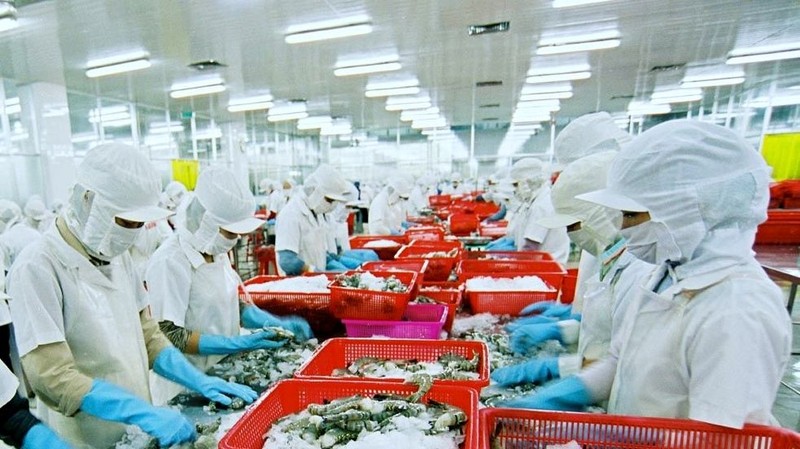The statement was made by European Commissioner for Trade Cecilia Malmstrom on February 1, on the occasion of the EU launching the text of the Free Trade Agreement between the EU and Vietnam (EVFTA).
According to a statement by the European Commission (EC), according to the usual procedure, the text will now be subject to a legal review to verify its consistency and ensure that all the provisions are formulated in a legally-sound way. It will then be translated into all EU languages as well as into Vietnamese before being signed and ratified by both parties.
Earlier, in December last year, in the presence of Vietnam Prime Minister Nguyen Tan Dung and EC President Jean-Claude Juncker, Vietnamese Minister of Industry and Trade Vu Huy Hoang and European Commissioner for Trade Cecilia Malmstrom signed the Declaration on the formal conclusion of the EVFTA negotiations. The two sides affirmed the signing was a great historical moment and a special mark to celebrate the 25th anniversary of the EU-Vietnam diplomatic relations.
The agreement is formed in the context of increasingly developed Vietnam-EU bilateral relations, especially in economic and trade ties. It is expected to continue to motivate trade, investment, and economic growth, as well as helping create more jobs in Vietnam and the EU.
The EU is Vietnam's largest export market (together with the US) and its' second trade partner. Two-way trade turnover has increased from US$17.75 billion in 2010 to US$36.8 billion in 2014. In the first six months of 2015, total bilateral trade reached US$19.4 billion, up more than 11% compared to the same period in 2014. The significant feature in the trade structure between Vietnam and the EU is that it is largely complementarity with less direct competitive confrontation.
Vietnam mainly exports to the EU footwear, garments, coffee, furniture, and seafood.
The EU is also the largest investor in Vietnam. By the end of the first six months of 2015, 23 of the 28 EU member countries had invested in Vietnam with more than 2,100 valid projects totaling US$38.4 billion.
EU investors have been present in most important economic sectors of Vietnam, most concentrated in the industrial, construction and service sectors.
















